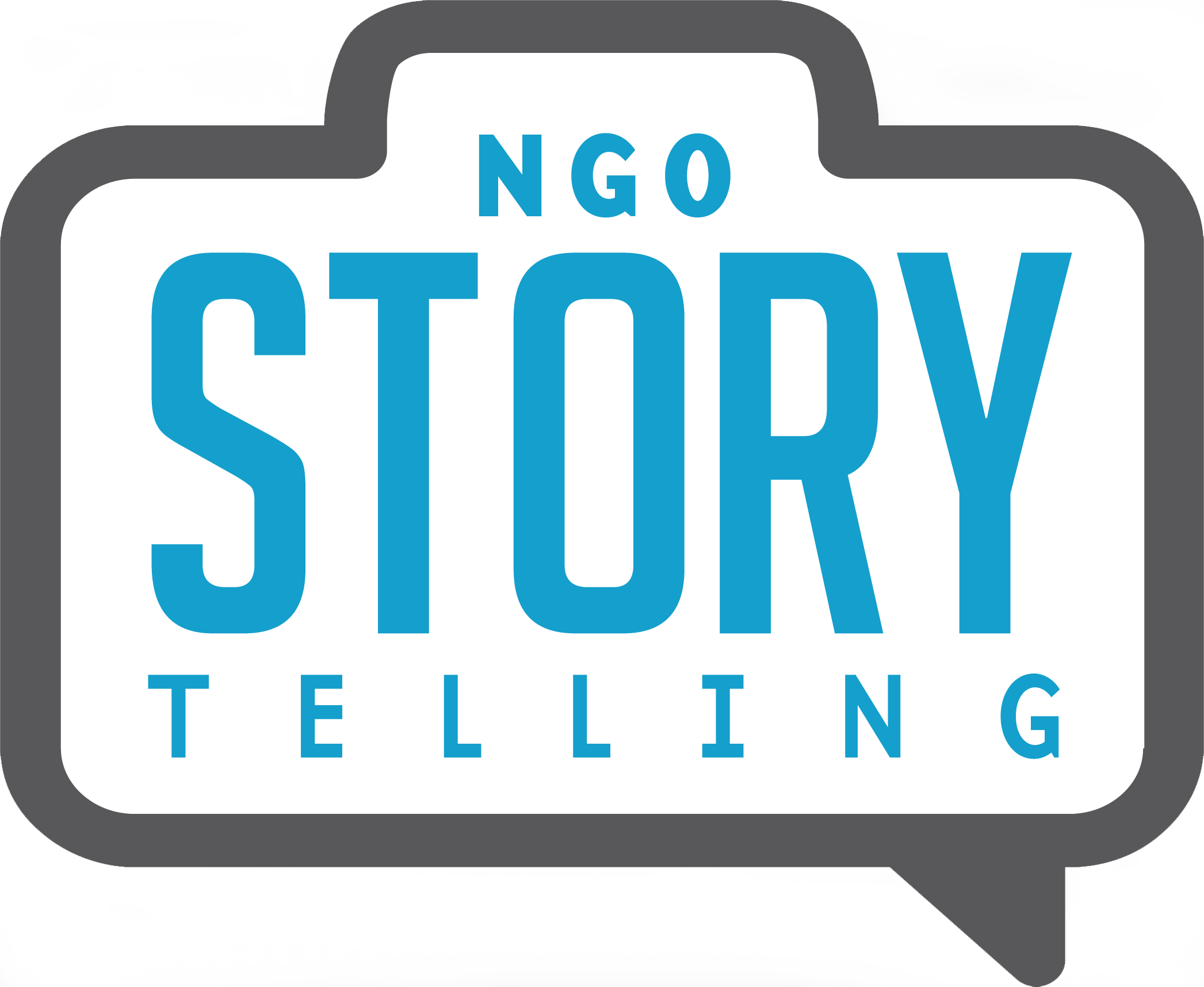Understanding Image Licensing
Twice a year I do free projects for small nonprofits. I take on pro bono work because I want to help nonprofits with limited budgets, educate the organizations on the power of storytelling and have more creative freedom in telling the story. I don’t believe in simply working for free for just anyone. Check out my rules for taking pro bono work.
Last week, I had a pro bono project that I was excited about fall through. It didn’t come together because the organization and I just couldn’t get on the same page about image licensing. This is par for the course in any contract negotiations but it made me realize that some nonprofits don’t understand how image licensing works.
When working with paid clients, I normally charge a license fee for a non-exclusive license for three to five years. If my client wants an exclusive license, then my rates double and they get to use the work exclusively. For most nonprofits, purchasing an exclusive license for every image is cost prohibitive.
On pro bono projects the organization gets free usage of work that I am normally paid for. So I expect to keep the copyright and use the work to promote my business.
Image license negotiations can cause a lot of fear with potential clients. They often want to know exactly how I plan on using the images. While, I normally only use the images for my website and marketing materials. It’s a difficult question to answer as I’ll retain ownership of my image archive through my lifetime. Every contract negotiation ends with the organization deciding if the creative work that I provide is worth either the risk of my owning the work or the cost of them purchasing an exclusive license.
Commercial, editorial or retail, photographs are intellectual property. If you create a photograph- you own it. Any person or business must have permission (a license) from the photographer to publish the images in any medium physical or electronic unless the photographer is an employee or has contractually transferred ownership of the images.
Here are a few helpful terms to understand in licensing:
Buy Out —A slang term, often misinterpreted as a transfer of copyright ownership of a work from the copyright holder to the client or client’s agent. If this term is used, an additional, precise list of rights granted or transferred should accompany any license.
Non-exclusive License — A grant of rights issued by a licensor to a licensee that does not preclude the licensor from granting the same rights to other licensees. Unless otherwise negotiated, licenses are non-exclusive.
Exclusive License — A privilege that, when granted, limits how a copyright holder (and other parties permitted) can offer a work to a third party for reproduction.
License Fee — The price charged by a licensor to a licensee in exchange for a grant of rights permitting the use of one or more images in a manner prescribed in a license. A variety of factors, such as circulation, the size of reproduction and specific image qualities affect the determination of a particular license fee. An exclusive license may be broad or specific. The rights grant may provide the licensee with exclusive rights to use a work singly or in any combination of: a specified media, industry, territory, language, time period, product and any other specific right negotiated by the licensor and licensee.
I understand why some organizations are risk averse. They are working with vulnerable people and they need make sure that their beneficiaries are protected. But professional photographers also have systems in place regarding their intellectual property rights. I believe that if someone wants to own the rights to my creative property they need understand the value of what I do and to pay me for it.
Want to know more about image licensing? Check out ASMP’s Licensing Guide.
We want to hear from you. What do you think about image licensing for nonprofits? What solutions have you or your organization come up with to solve this dilemma?

